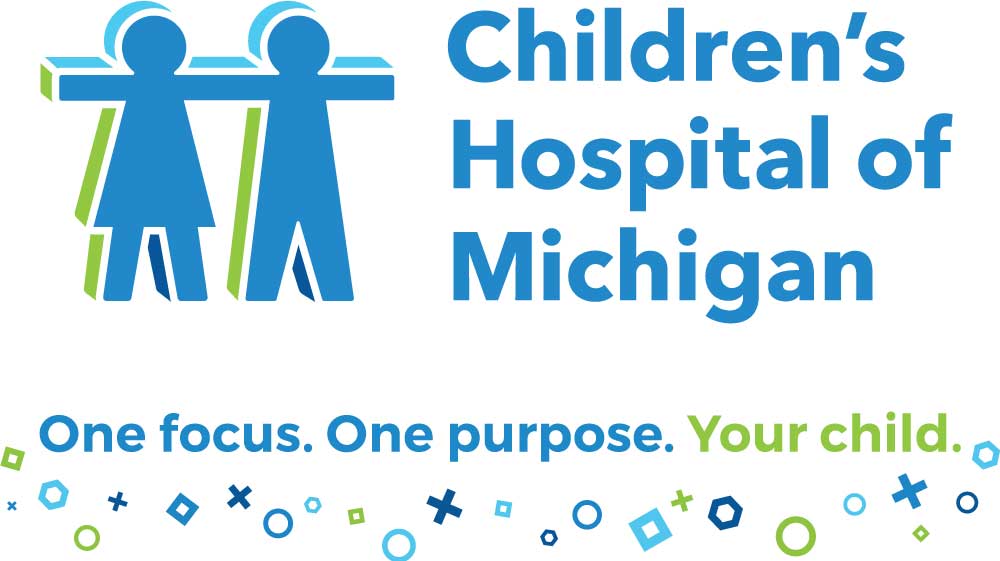Crain's Health Care Heroes - Jocelyn Ang, M.D., Pediatric Infectious Disease Specialist
Jun 2, 2021At Children’s Hospital of Michigan in Detroit, physician Jocelyn Ang has been treating children with COVID-19 and related problems since the pandemic first hit. The hospital’s patients had a hospitalization rate more than 25 times the national average, and more than a third of the children hospitalized required critical care, she said. The vast majority of the hospital’s patients are underrepresented racial minorities, 84 percent of them African American, she added.
 In May 2020, a few weeks after COVID peaked in different communities, health care providers around the country started to see children who had COVID later develop symptoms that seemed like Kawasaki disease, an inflammatory disease. Children with severe cases had heart dysfunction and organ failure, for example.
In May 2020, a few weeks after COVID peaked in different communities, health care providers around the country started to see children who had COVID later develop symptoms that seemed like Kawasaki disease, an inflammatory disease. Children with severe cases had heart dysfunction and organ failure, for example.
“These patients were admitted to the ICU with Kawasaki-like features with multisystem inflammation,” but health care providers weren’t quite sure what was going on, Ang said. Now this condition is known as multisystem inflammatory syndrome in children (MIS-C), and it can cause inflammation in the heart, lungs, brain, kidneys, gastrointestinal organs and other organs.
Because COVID and MIS-C were so new at the time, there wasn't much guidance available. “There were no available studies, even until now, comparing the treatment modality to assess which specific treatment is the most effective and safe,” Ang said.
Most institutions started developing their own treatment protocols, typically using intravenous immunoglobulin (IVIG) first and then steroids. But there are side effects associated with high-dose steroids, including slowed heart rate, increased white blood cell count, and hallucinations, and they require a prolonged period to taper off the steroids, Ang explained.
Based on their experience with a different drug called infliximab, Ang and her colleagues developed a protocol that used it following IVIG, in place of steroids, and patients responded well. “Our treatment plan with infliximab avoided the long tapering course of the steroids,” she said. Some providers are reluctant to use infliximab because of its long half-life, which means it is not easily reversed and it could leave the patient vulnerable to infection, Ang said. But she and her colleagues have not seen problems with infection. They published a report on their initial experience treating MIS-C with infliximab.
Now, Ang is continuing to research treatments for MIS-C, hoping to advance the science. She is collaborating with researchers at the University of California San Diego on a study comparing three different treatments, including infliximab and steroids, to see which combination of therapy is the most safe and effective in reducing mortality and morbidity in children with MIS-C. She is also participating in a multicenter clinical trial that compares patients with MIS-C and patients with Kawasaki disease, to help providers tell the difference and treat the patients appropriately, as well as a study on using monoclonal antibodies to treat COVID.
Ang aims to help advance the treatment options available for all children with MIS-C and COVID-19 infection and make sure Children’s Hospital of Michigan patients have access to cutting-edge treatment.

